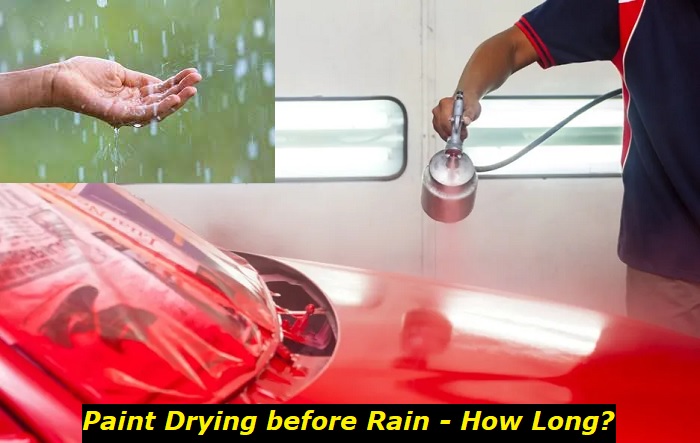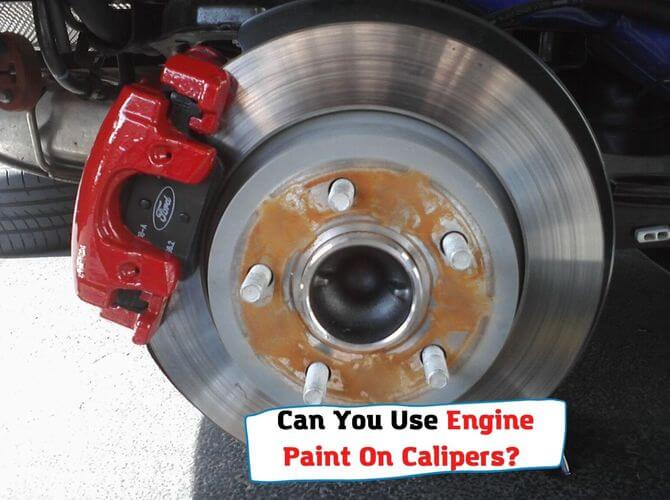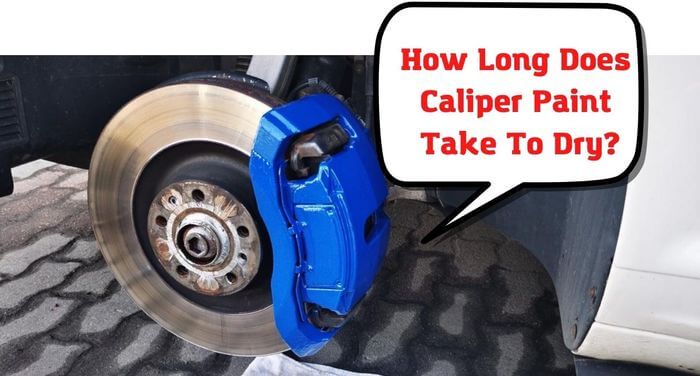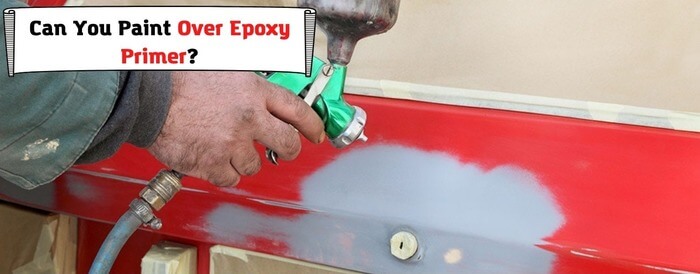Understanding the drying time of car paint is of paramount importance, especially in a climate that frequently experiences rain. The drying process of car paint varies based on a multitude of factors – from the type of paint used to the particular environmental conditions it is exposed to. One crucial factor to consider is the impact of rain on freshly painted cars.

The science behind car paint drying involves the composition of the paint and the chemical process it undergoes from its application to the complete hardening. The length of this process can be affected by rain, causing potential damage and complications. This influence of rain offers a concrete explanation as to why expert consultation is essential, while providing practical tips on car painting during unpredictable weather.
The Science Behind Car Paint Drying
Delving into the science behind car paint drying invites us into an interesting world of chemistry and physics. At its core, car paint consists of two basic components: pigments and binders. Pigments are responsible for the color and reflectivity of the paint, while binders (also known as resins) are what make the paint stick to the car’s surface and bind pigment particles together.
When the paint is applied, it’s in a liquid state, making it easy to spread over the car’s surface. This liquid state is due to the inclusion of solvents, which keep the binders and pigments in a fluid form. However, once the paint is exposed to air, the solvents start to evaporate. As they evaporate, the binders and pigments left behind start to move closer together, forming a solid layer over the car body. This process, technically known as curing, results in the hard, glossy finish we typically associate with car paint.
However, this hardening process isn’t immediate; it takes time. The speed at which a paint dries or cures depends on factors such as the specific formulation of the paint itself, the thickness of the applied layer, and environmental conditions including temperature and humidity. A clear, dry day will facilitate the evaporation of solvents and thus speed up the paint hardening process, whereas a cold, rainy day will slow everything down.
Understanding the Drying Time of Car Paint
Coming to grips with the precise timeline of car paint drying is quite a challenge due to the intricate cocktail of factors that can influence the process. The primary elements that dictate the drying time include the type of paint used, the application method, and the prevailing temperature and humidity levels.
The paint type plays a critical role in the drying time. For instance, commonly used paints like Urethane and Lacquer can take about two to three hours to dry to touch. However, a full harden or cure might necessitate up to a few days. On the other hand, enamels, another popular choice for car painting, tend to be slower and demand more time to dry entirely.
Moreover, the diverse range of application methods – spray painting, using a roller, or a brush – incur different drying times too. Spray painting, typically faster due to the thin coat application, requires shorter drying times compared to the other two methods.
One cannot overstate the significance of temperature and humidity in affecting car paint drying time. Ideal conditions would be low humidity levels and moderately warm temperatures. If the humidity level is high, it drastically slows down the drying process due to the excess moisture present in the atmosphere. Similarly, cooler temperatures could result in slower evaporation, extending the drying time. Ensuring that the painting process takes place under optimal environmental conditions is pivotal in obtaining a flawless finish and preventing possible paint damage.
In terms of the average drying time required for a car paint job, both basecoat and clear coat layers need to be considered. A basecoat usually dries to touch within 30 minutes to an hour. However, wait an additional one or two hours before applying the clear coat to ensure it has adequately dried. The clear coat, much like the basecoat, usually dries to touch within an hour, but would require anywhere between 24 to 48 hours for a full cure.
Therefore, while understanding the average drying times provides a general guide, the unique circumstances surrounding your paint job must always be taken into account to optimize the outcome.
The Effects of Rain on Fresh Car Paint
Imagine a cloud-filled sky and a sudden downpour catching you off guard. If you’ve recently given your car a fresh paint job, this scenario might send chills down your spine. Rain, although it may seem innocent, can pose an imminent threat to fresh coats of paint.
So, how exactly does rain interact with drying car paint? Well, when water molecules come into contact with fresh paint, they can seep into the microscopic gaps that exist within the paint structure. Water is a universal solvent and, if given enough time, it will start to break down the components of the paint, causing damage to the paint job over time.
Wet paint is also more prone to collecting dirt and dust. If it begins raining shortly after painting, the raindrops can trap particles in the paint. This can result in some spots appearing dull or discolored, and others shiny – a difference that becomes even more apparent once the paint completely dries.
Moreover, if rain falls heavily or is accompanied by strong winds, it could cause more direct issues, such as chipping and peeling paint. This occurs because the force of the raindrops hitting the car surface can physically displace the paint, particularly if it hasn’t had sufficient time to bond to the vehicle’s surface.
In a nutshell, the fallout of rain hitting freshly painted surfaces underlines the necessity of safeguarding against such predicaments. Being aware of potential weather changes and securing your freshly painted car from rain can help maintain the quality and longevity of your paint job.
Tips for Car Painting in Unpredictable Weather
Car painting can indeed be challenging in unpredictable weather, particularly when rain is a factor. But don’t worry, with the right approach and knowledge, it is possible to navigate even the most capricious weather conditions successfully. Here’s how:
Rain can be your significant adversary during a paint job, and knowledge is your best line of defense. Before you even begin your painting task, check the weather forecast. With technology at your fingertips, obtaining accurate, up-to-date forecasts has never been easier. You’re aiming for dry, fairly warm weather with low humidity if possible. Remember, it’s not just about avoiding rain on the day of painting, but also ensuring there is a sufficiently dry period after application for the paint to fully cure.
Even with the best planning, surprises can arise, especially when the weather is involved. In such instances, don’t panic – there are still measures you can take to protect your freshly painted car. For instance, once the paint is touch dry, consider using a car cover to protect the surface. If there’s enough warning of impending rain, moving the vehicle into a covered area, such as a garage, could be the ideal solution. Do bear in mind though, it is crucial to make sure the paint is ‘touch dry’ before covering to avoid ruining your impeccable paintwork.
Finally, patience is an absolute virtue in car painting. Good things come to those who wait, and a thorough, unrushed paint job will pay off in the longevity and quality of your finish.
- Can You Unmix Paint: Techniques, Consequences, Alternatives - February 23, 2024
- Does Primer Need to be Mixed? Effective Primer Application - February 22, 2024
- How to Make Old Paint Usable Again: Retrieving and Preserving Paint - February 21, 2024



